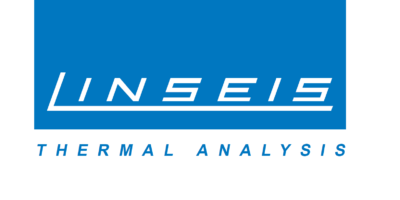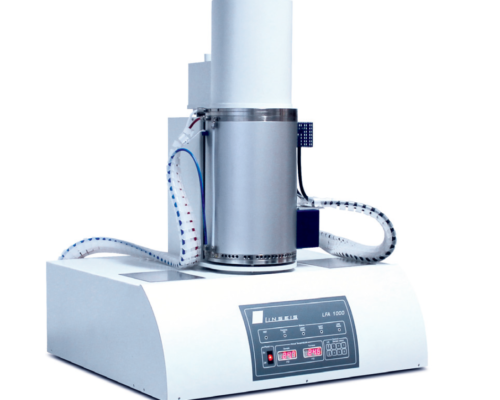

Thermal Diffusivity / Thermal Conductivity
The most common way to measure thermal diffusifity will be the well known Laser flash method (LFA). Here a sample is pulsed with a Laser and an IR detector on the opposite detects the temperature rise of the sample, what leads to the thermal diffusifity. If the density and specific heat capacity are known, the thermal conductivity can be calculated.
The TIM-Tester is our new instrument for the analysis of thermal interface materials like thermal fluids, thermal pastes (greases), phase change materials (PCM), solders or resilient thermal conductors. The TIM-Tester measures the thermal impedance of sample materials and identifies an apparent thermal conductivity.
The LFA process is extremely useful for gauging the quality and capabilities of materials such as the ceramic used in automobile brake systems or rocket engines. Another common application for this technology is in the chemical industry, where LFA is utilized to determine the conductivity of silicone oils and sodium nitrate. These are used as electrical insulators and phase change materials for storing and releasing thermal energy,
The heat flow meter (HFM) is a special instrument for quality control in factories. It needs bigger sample sizes but can measure the thermal conductivity with highest accuracy, using an exact controlled temperature gradient.
For thin film samples and micro samples, known from the computational industries, there are also the new thin film laser flash (TF-LFA) and thin film analyzer (TFA), that can measure the desired thermal conductivity and diffusivity with highest precision as well.
The Transient Hot Bridge method (THB) is made for solids, liquids and pastes and gives the thermal conductivity as direct result of the measurement with high accuracy within a few minutes. It is suitable for isolating materials as well as conducters like metals.
